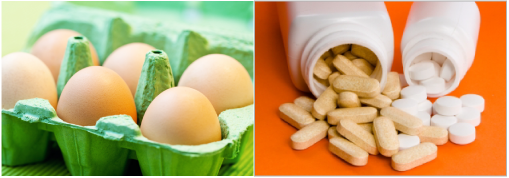Animal Studies
The safety of MZ has been evaluated in several toxicity trials using animal models.
• Chang CJG et al. Thirteen week oral (gavage) toxicity of meso-zeaxanthin in Han Wister rats with a 4-week recovery.Gene Logic Laboratories, Inc.: Gaithersburg, MD, 2006, Study no. 1567–04370.
• Xu X, et al. Safety evaluation of meso-zeaxanthin. Food Control 2013; 32: 678–686.
• Thurnham DI et al. Studies on meso-zeaxanthin for potential toxicity and mutagenicity. Food Chem Toxicol 2013 Sep; 59:455-63.
Visit the publications section to obtain the full papers for these studies
A summary of the results of these publications are as follows:
• Chang et al demonstrated that the NOAEL (‘No Observed-Adverse-Effect Level’) was in excess of 200 mg/kg/day, far greater than doses used in dietary supplements, which are typically <0.5 mg/kg/day. Absence of mutagenicity was confirmed in the same study, using the Ames test.
• Xu et al concluded that MZ has no acute toxicity and no genotoxicity and the use of MZ is safe at dose of 300 mg/kg body weight per day in rats from a 90 day feeding study. The authors then applied a 100 fold safety factor, and reported an ADI (acceptable daily intake) of 3 mg/kg body weight per day for MZ.
• Thurnham et al demonstrated (in a rat model) that amounts of MZ of 2, 20 and 200 mg/kg/day for 13 weeks had no adverse effects on animal health. That is the NOAEL is >200 mg MZ/kg body weight and this is at least 1400 times higher than the typical supplement dose. Genotoxicity testing indicated that amounts of MZ from 10 to 5000 µg/plate with or without microsomal enzymes did not increase mutation rates in five bacterial tester strains.
In summary, the NOAEL effect of MZ is far greater than doses used in dietary supplements.
